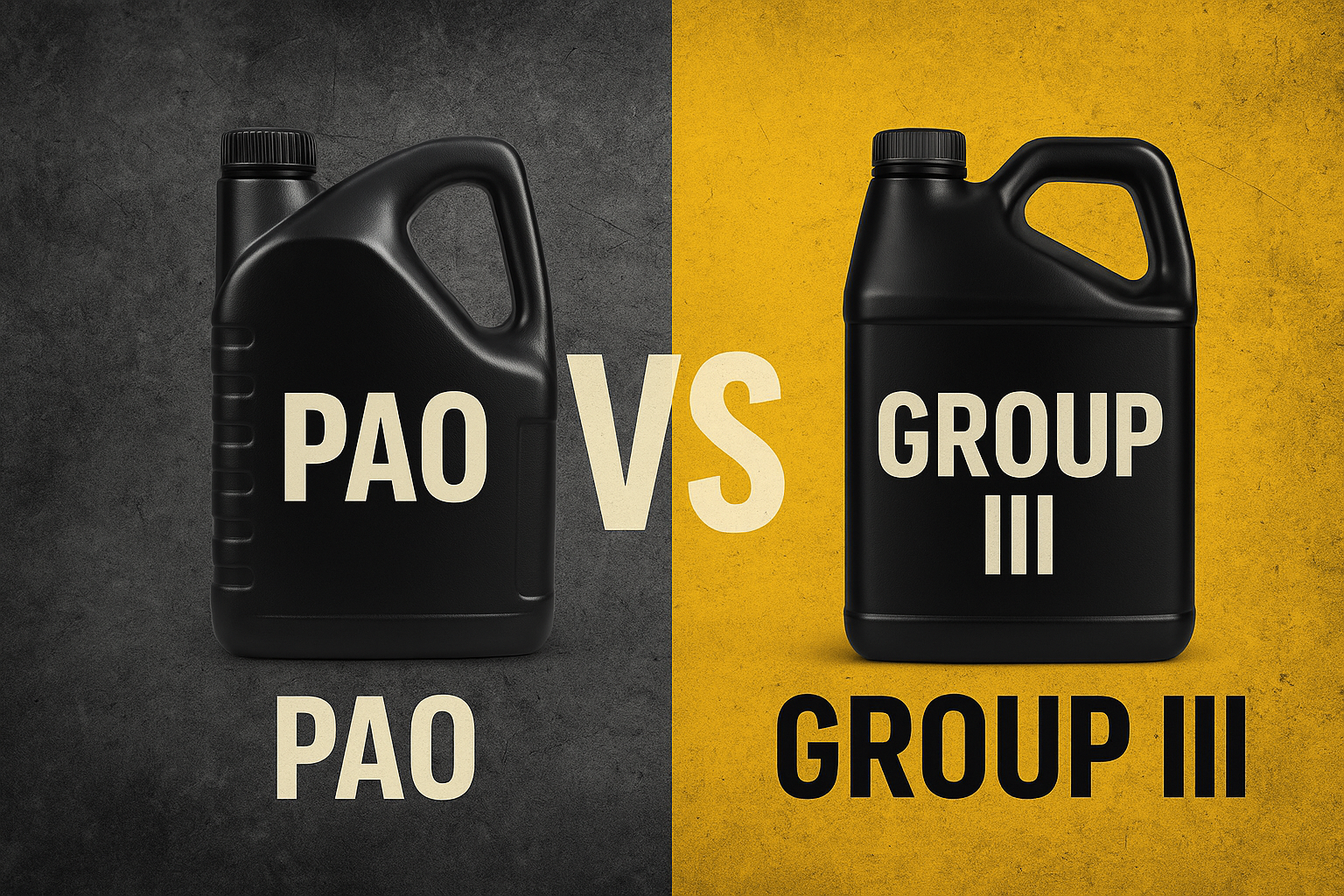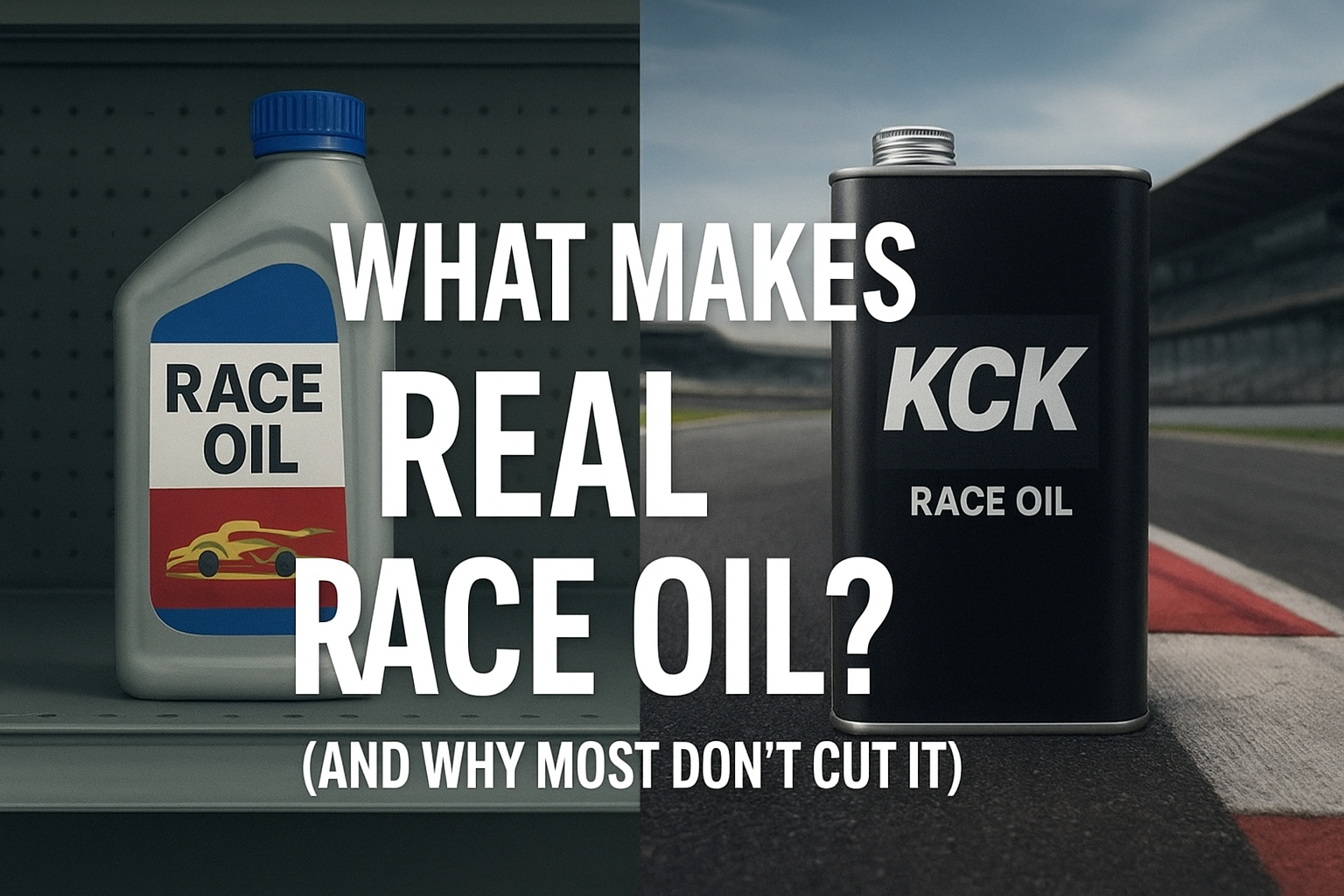Understanding the Differences Between Synthetic Engine Oils: Group II, Group III, PAO, and More
When choosing the right synthetic engine oil for your vehicle, understanding the differences between base oil classifications is crucial. Engine oils are categorized into different groups based on their refining process, performance characteristics, and molecular structure. In this guide, we’ll break down the key differences between Group II, Group III, PAO (Group IV), and esters (Group V), helping you make an informed decision for your engine and answer the question: what is the best synthetic oil?
Group II – Conventional Base Oils with Improved Purity
Group II base oils are highly refined mineral oils with improved oxidation stability compared to traditional Group I oils. They are processed using hydrocracking, which removes more impurities, resulting in better performance and longevity. While Group II oils offer good thermal stability and wear protection, they are still considered semi-synthetic and are commonly found in conventional motor oils. If you're wondering which engine oil is best for basic reliability, Group II oils are a cost-effective option.
Group III – Highly Refined Synthetic Oils
Group III base oils undergo even more advanced refining processes, such as hydroisomerization, making them purer and more stable than Group II. These oils are often marketed as full synthetic motor oil, despite being derived from crude oil. Compared to Group II, Group III oils offer better viscosity stability, improved oxidation resistance, and enhanced fuel efficiency, making them a popular choice for modern engines. Many consider Group III oils when searching for the best oil to put in your car for daily driving.
Group IV – PAO (Polyalphaolefin) Synthetic Oils
PAO, or Polyalphaolefin, is a true synthetic base oil made through a controlled chemical process rather than refined from crude oil. PAO oils offer superior low-temperature performance, high thermal stability, and excellent shear resistance, making them ideal for best performance oil in high-performance and extreme-weather applications. If you're asking what is the best synthetic motor oil, PAO-based products are often at the top of the list due to their outstanding durability.
Group V – Ester-Based Synthetic Oils
Group V oils include esters and other specialized synthetic fluids, often used in combination with PAO or Group III oils to enhance performance. Ester-based oils provide exceptional lubricity, thermal stability, and detergent properties. These are commonly found in racing lubricants and high-performance engine oils, making them one of the best rated synthetic motor oil options. If you're looking for the best engine oil for high temperatures, ester-based formulations are an excellent choice.
Which Synthetic Oil is Right for You?
The best high-performance lubricants depend on your engine’s needs. Group III oils are a great option for daily driving, offering a good balance between performance and cost. If you need superior wear protection and extreme temperature performance, PAO-based oils or ester-infused synthetics may be the better choice. Additionally, if you're wondering about the best type of oil for car engines used in extreme conditions, PAO and ester-based formulations should be on your radar.
For motorcycles, choosing the best oil for bike engines is equally important. Many high-performance synthetic oils designed for bikes feature ester-based or PAO-based formulations, ensuring the best protection under extreme RPMs and heat.
If you drive a heavy-duty truck, selecting the best heavy-duty diesel oil is crucial for maintaining long-term engine health and efficiency. PAO and advanced Group III synthetic oils are widely used in commercial applications to maximize durability.
For expert recommendations and high-quality full synthetic motor oil, explore our range of premium lubricants designed to keep your engine running at peak performance.







